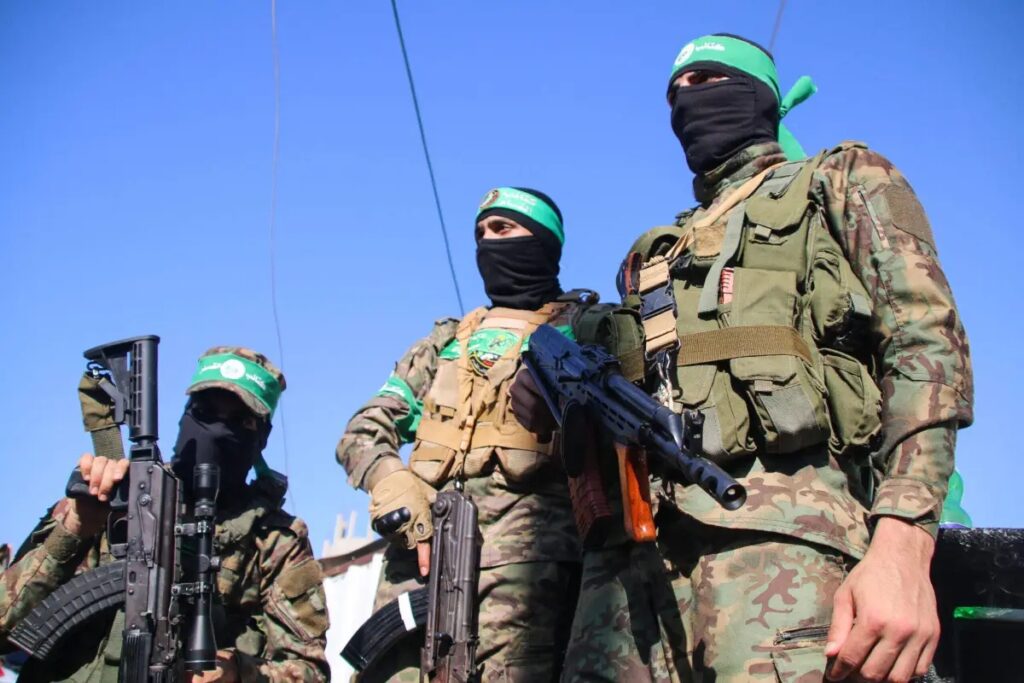
US Foreign Affairs magazine confirmed on Friday: “Hamas is stronger today than it was on October 7. Its cause is more popular and its appeal stronger than before October 7.”
The magazine wrote in a report: “After nine months of gruelling war, it is time to recognize the stark reality: there is no military-only solution to defeat Hamas,” adding that “Hamas is neither defeated nor on the verge of defeat.”
It also noted: “Israel has invaded northern and southern Gaza with approximately 40,000 combat troops, forcibly displaced 80 percent of the population, killed over 37,000 people, dropped at least 70,000 tons of bombs on the territory (surpassing the combined weight of bombs dropped on London, Dresden, and Hamburg in all of World War II), destroyed or damaged over half of all buildings in Gaza, and limited the territory’s access to water, food, and electricity, leaving the entire population on the brink of famine.”
According to the magazine: “Although many observers have highlighted the immorality of Israel’s conduct, Israeli leaders have consistently claimed that the goal of defeating Hamas and weakening its ability to launch new attacks against Israeli civilians must take precedence over any concerns about Palestinian lives. The punishment of the population of Gaza must be accepted as necessary to destroy the power of Hamas.”
However, Foreign Affairs states: “The central flaw in Israel’s strategy is not a failure of tactics or the imposition of constraints on military force—just as the failure of the United States’ military strategy in Vietnam had little to do with the technical proficiency of its troops or political and moral limits on the uses of military power. Rather, the overarching failure has been a gross misunderstanding of the sources of Hamas’s power. To its great detriment, Israel has failed to realize that the carnage and devastation it has unleashed in Gaza has only made its enemy stronger.”
“Despite its losses, Hamas remains in de facto control of large swaths of Gaza, including those areas where the territory’s civilians are now concentrated,” it added. “According to a recent Israeli assessment, Hamas now has more fighters in the northern areas of Gaza, which the IDF seized in the fall at the cost of hundreds of soldiers, than it does in Rafah in the south.”
The report also pointed out that Hamas: “Could still strike in Israel; Hamas likely has some 15,000 mobilized fighters—roughly ten times the number of fighters who carried out the October 7 attacks. Further, more than 80 percent of the group’s underground tunnel network remains usable for planning, storing weapons, and evading Israeli surveillance, capture, and attacks. Most of Hamas’s top leadership in Gaza remains intact.”
The magazine explained that the Israeli bombing and ground invasion of the Gaza Strip did not lead to a decline in Palestinian popular support, and: “Support for armed attacks against Israeli civilians appears to have risen especially among Palestinians in the West Bank, which is now rightly on par with the consistently high levels of support for these attacks in Gaza, showing that Hamas has made extensive gains across Palestinian society since October 7.”
A US official told television broadcasting company CBS that Israel is not close to achieving its goal of destroying Hamas, given the lack of an Israeli plan for the day after the war in Gaza.
According to Israeli army spokesperson Daniel Hagari: “This business of destroying Hamas, making Hamas disappear — it’s simply throwing sand in the eyes of the public,” adding that the group will remain in control of the Gaza Strip unless Israel “develops something else to replace it.”
